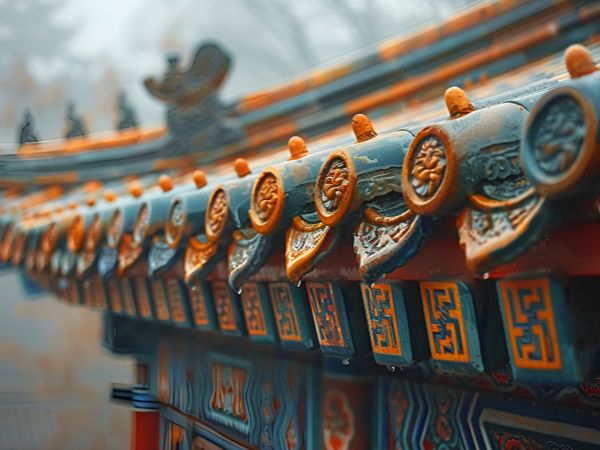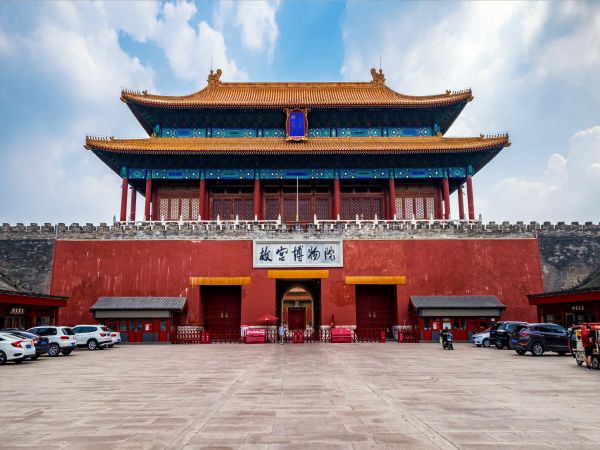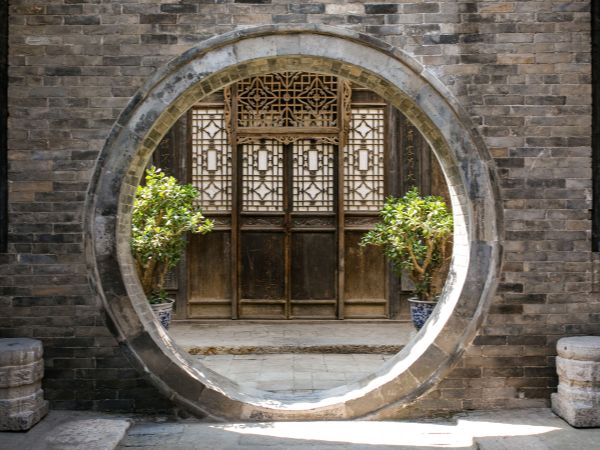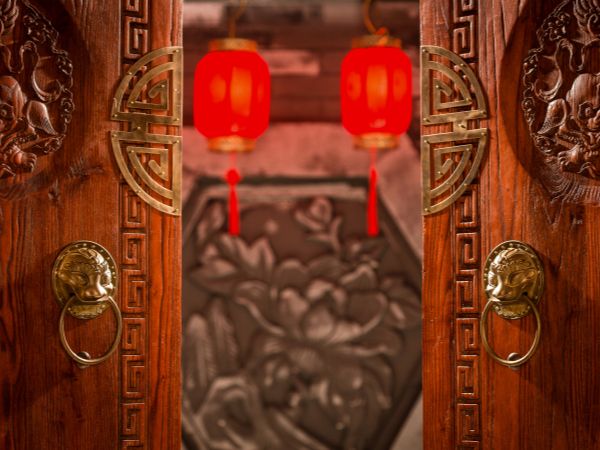Traditional Culture in Ancient Chinese Architecture
Architecture refers to structures or places intended for production, living or other human activities, and constitutes a cultural form that can be witnessed directly and preserved in the long term, which is why it is often said that "architecture is the stone book". Traditional Chinese architecture is the most spectacular and tangible manifestation of ancient Chinese culture and ethnic characteristics, and serves as an important means of transmission and expression of that culture. The influence of traditional Chinese culture on ancient architecture is profound, and by exploring its cultural content, modern architecture can be helped to learn from the essence of ancient architecture, inherit and develop it, thereby bringing new vitality to the architectural system.

Forms of Expression
1.Palace Architecture
Palace architecture, also known as palace architecture, is the most prominent type of architecture in ancient China. Ancient emperors built these enormous and majestic buildings to consolidate their power, highlight imperial authority, and satisfy both spiritual and material needs for enjoyment. These constructions are usually magnificent and dazzling, with gold and jade decorations.
Palaces arose in slave society and during the Qin dynasty, the term "palace" specifically referred to the imperial residence and the imperial family. The layout of ancient Chinese palaces strictly follows a symmetrical central axis design, divided into two main parts: the "audience hall" where the emperor conducted state affairs and important ceremonies, and the "bedroom" where the emperor and his consorts lived. This design reflects the absolute and exclusive supremacy of imperial power in ancient Chinese society.

2.Architecture of Religious Rituals
Religious ritual architecture, commonly known as temples, is a form of sacrificial architecture in ancient China. It is important to note that rituals in ancient China were not religious, but arose from respect and gratitude towards nature, the land, ancestors and sages. Because China was an agricultural nation, the fate of the country and the lives of the people depended on the weather and the crops. Ancestors and sages created culture and educated future generations. Therefore, people had deep respect and gratitude towards nature, ancestors and sages, and developed a tradition of performing sacrifices at specific times of the year.

3.Garden Architecture
Chinese gardens are comprehensive works of art composed of architecture, landscapes and vegetation, and occupy a prominent position in the world history of gardens. They are considered the precursors of the gardens of the world and are called "the mother of all gardens." Architecture plays a crucial role in Chinese gardens, satisfying people's desire to enjoy life and appreciate the landscape. Natural Chinese gardens are designed to be practical, scenic, habitable and accessible for enjoyment, while also serving to enhance and separate views, allowing visitors to change scenery and gradually immerse themselves in the beauty of the surroundings. This makes the gardens look natural, simple, calm and reserved.

Cultural Implications
1.Hierarchy and System of Confucian Rituals
The ethical standards of Confucianism have had a direct impact on the design, form and color of traditional Chinese architecture. The axial arrangement is common in classical Chinese architecture, where the main buildings are located in the center, while the secondary buildings are located on both sides, symmetrically. This arrangement creates ordered architectural complexes, where each individual building revolves around the central building, showing clear direction, hierarchy and clarity of levels. This design idea is based on the Confucian principle of "respect and order, distinction between high and low, and distinction between internal and external."
Furthermore, traditional Chinese architecture has featured different styles and color decorations over the years, also with a hierarchical division. The use of colors, decorative paints, construction materials and dimensions is strictly regulated, reflecting the ethical conceptions of hierarchy and distinction between the valuable and the common in rituals, which influences people's design and construction decisions, demonstrating the Confucian values of "humanity, justice, courtesy, wisdom, integrity, loyalty, filiality and brotherhood."

2.The philosophy of "union between heaven and man" of Taoism
Taoism is a religion that emphasizes the harmony between human beings and nature, highlighting the state of "union between heaven and human beings", that is, the perfect harmony between human beings and nature. This idea is also the basis of the concept of feng shui. According to feng shui, heaven, earth and human beings are inseparable parts of a whole, and there is a close relationship of mutual restriction between time, space, human beings and nature. In the concept of feng shui, there is a specific search regarding the location, orientation, climate and even structure and construction materials of buildings, with the aim of helping people harmonize with nature and all things in the world. universe.
Taoism advocates respect and reverence for nature, and adherence to natural laws. This is reflected in Laozi's famous phrase: "Man follows the earth, the earth follows the sky, the sky follows the Tao, the Tao follows nature." This statement highlights the mutual relationship between humans and nature, and how following natural laws leads to harmonious development. Therefore, in Taoism, people seek to harmonize with nature, showing respect for the power of nature.

Folk culture
Folk culture refers to the customs and traditions that people have gradually developed in their social life, consolidated throughout history and that have stable social practices and behaviors. These customs and traditions are closely linked to national sentiment and social psychology, becoming conscious or unconscious norms of behavior for people.
The Chinese people have shown ingenuity in fully utilizing symbolism in architectural decoration. In ancient architecture, great attention is paid to the details of components such as ceilings, doors and windows, as well as the floor, where different patterns are painted with various symbolic meanings. These patterns, which represent people's deepest desires, are not only aesthetic, but also perfectly integrated with the architecture, complementing each other.














